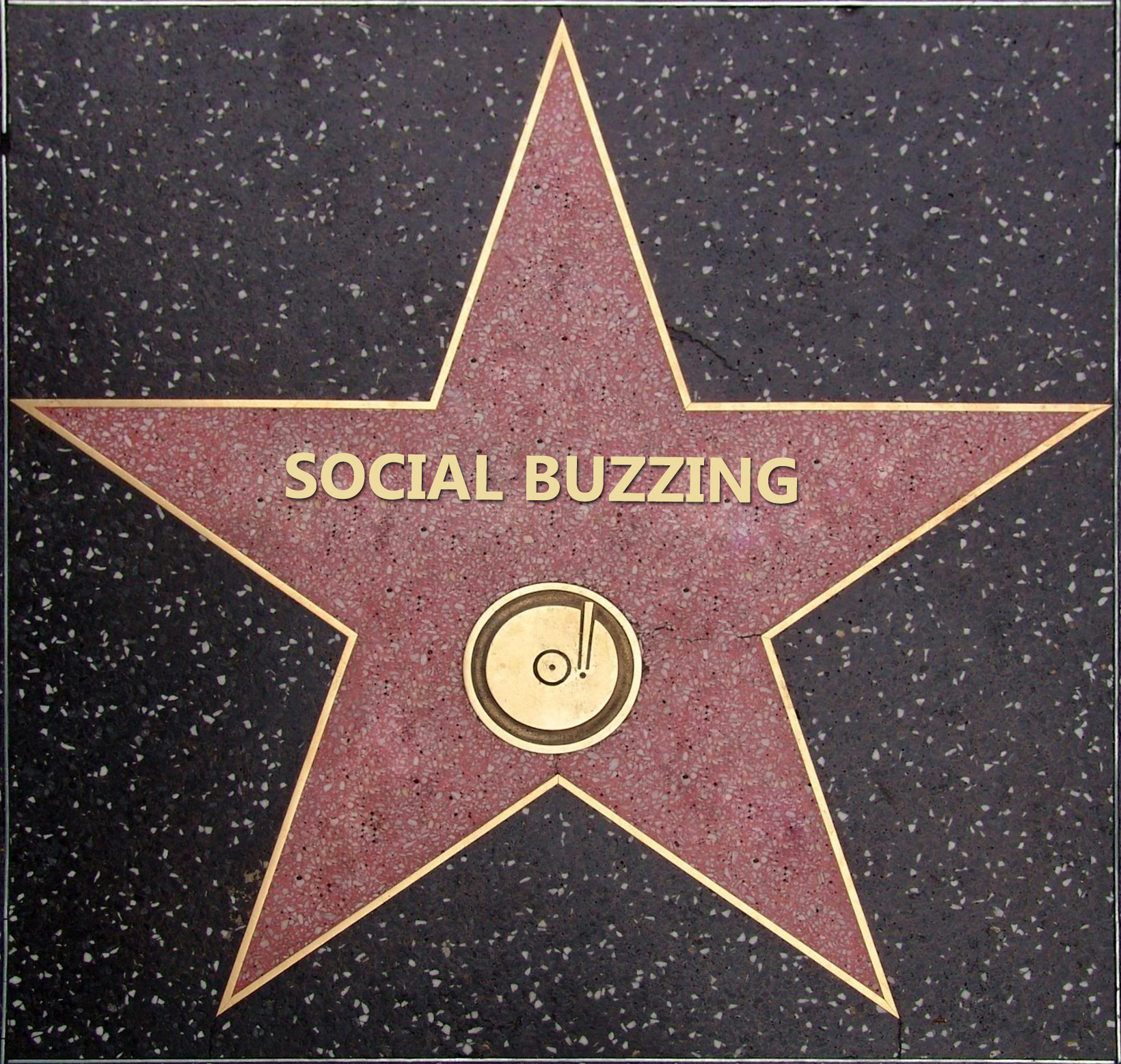3 Tips on Creating a Social Media Calendar
Truth be told, creating a social media calendar can be a bit restrictive given that the online world is always buzzing with content. But having a guide on what posts should go out today and what posts from the past can be shared on a specific day really helps, especially when everything gets busy.
When you’re still starting out, your best bet is to create a social media calendar for the first month. That way, you can get a feel of things and see where changes need to be made. From there, you can improve your strategy to suit your style.
Here’s some tips on creating a social media calendar:
Be aware of holidays, special events and such that are related to your business
Let’s say you run a bookstore. Being aware in advance of special holidays and events allows you to prepare for sales and other marketing related actions. Since these need to be promoted in advance, you can plot when you’re going to inform your audience about it and at what times. (Keep in mind that posting it just once wouldn’t help. In fact, it’s best to post updates at different times of the day so that audiences have a chance to see what you’ve been posted while they’ve been away from social media.)
Running a bookstore also means knowing the different authors whose books you sell. For example, you’ve written a blog post on what’s great about Infinite Jest by David Foster Wallace and why it’s a must read. You can share that post on the author’s birthday or on the day the book got published.
Plot every post you will make
It doesn’t matter if you use Excel, Zoho or Google Drive. The main idea is to have a tool where you can list down the posts you’re sending out each month. It’s even best to plot the exact wording of the post. This way, it’s easier for your social media team to send out your updates.
A sample sheet could have the following columns: Date, Time (when it will be posted), Type of Content (is it a blog post, question for engagement purposes, an offer, infographic, etc) and the Content of the post (this is the actual message you’re sending out and include the link if you’re referring to an article).
It’s also important to vary your updates. What this means is that one may be a straightforward update while the next may come in the form of a question and another will be content from friends in the industry.
Use a scheduling tool
Buffer is one of the best scheduling tools in the market where you just tell the tool what time you want your posts sent and it will do the rest. This way, your social media team is free to do other online marketing efforts.
Having a social media calendar helps your business have a consistent presence on the web. While it may be restrictive at times, it’s a handy guide especially when the office gets busy. But it also helps to leave a little room for flexibility, particularly when there is a current event you can comment on.


No Comment